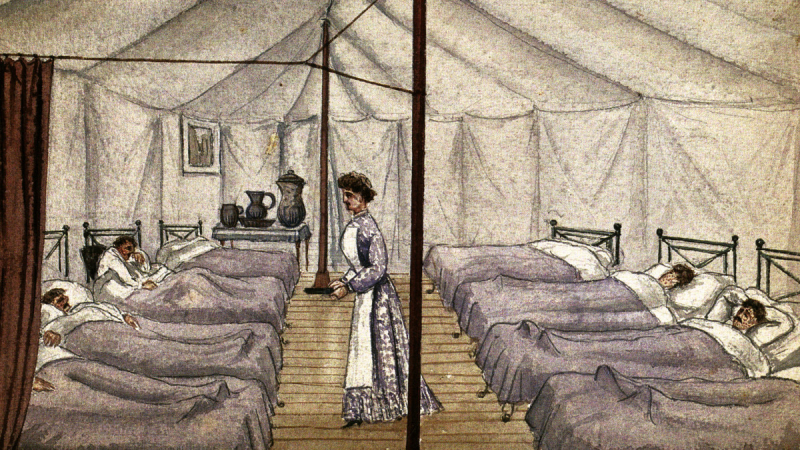Smallpox
Smallpox (Variola), which infected practically every Roman citizen, was one of the most common epidemic disease of ancient Rome. Multiple recurrences of this condition would be problematic each time. Despite numerous measures to stay safe and practice good hygiene, even the wealthiest person was unable to escape it. The smallpox pandemic started in the eastern region, and victims would only begin to experience symptoms two to three weeks after contracting the virus. However, the sickness began to get attention in 189, destabilizing society by claiming the lives of about 2000 people every day. The army, Roman soldiers, and Roman gladiators were most impacted.
The Smallpox's origin is uncertain, however the earliest signs of it can be found in Egyptian mummies from the third century BCE. In the past, the disease had outbreaks. In 18th-century Europe, smallpox is thought to have killed 400,000 people annually and caused one-third of all cases of blindness. The death toll from smallpox is estimated to have reached 300 million in the 20th century and 500 million in the past century. In the past, six European monarchs have passed away. In 1967, 15 million instances were reported annually.










